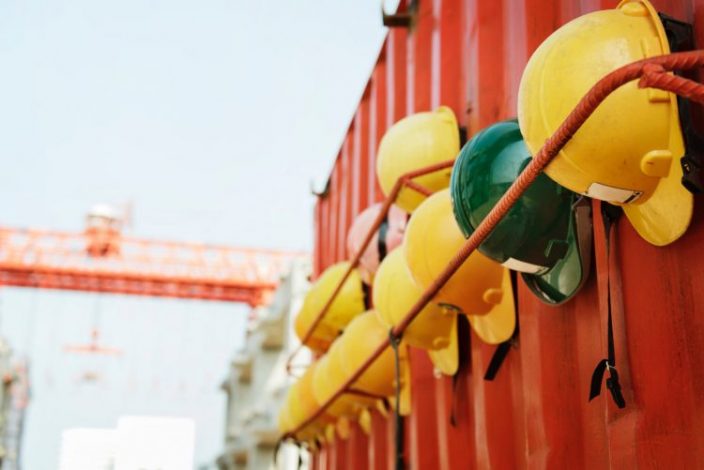Kenyan manufacturers will have to brace for fresh challenges from soaring operational cost and cash flow amid the coronavirus outbreak.
According to the manufacturer’s a year after the pandemic, most of the challenges they faced continue to persist.
“One year down the line, improving cash flow remains a top priority among manufacturers (67%). This is followed by increasing domestic market share (65%) while cost reduction was the third top priority,” according to a report on the impact Covid-19 on the manufacturing sector conducted by Kenya Association of Manufacturers and KPMG between May 2020 and June 2021.
The survey titled, Impact of Covid-19 on the manufacturing sector in Kenya: One year on, reveals that on liquidity, company responses to relieve cash flow challenges has been lesser compared to 2020.
“The pandemic has had adverse effects on manufacturers on business operations with many manufacturers experiencing: reduced demand, depressed production capacity, cash flow constraints, logistics challenges and in some cases, downsized workforce,” says Mucai Kunyiha, chairman KAM.
From the findings, 18% of surveyed firms experienced a reduced sales turnover of more than 30%, attributed to a fall in demand for products by consumers.
Consequently, the Food and Beverage, Automotive and Textile and Apparel Sectors experienced the most reduction in their turnover, at 15%, 12% and 12% respectively. 27% of surveyed firms operated below 50% production capacity, in comparison to 55% of the surveyed firms in 2020.
The Automotive, and Plastic and Rubber Sectors were the most affected.
Similarly, liquidity challenges faced by businesses are due to delays in payment of tax refunds due to businesses by the Kenya Revenue Authority (KRA), depreciation of the Kenya shilling against the US dollar that has driven up the import bill, and requests for extension of credit period by wholesalers and distributors.
“In comparison to 2020, enterprises are currently operating without the economic reliefs that cushioned them last year against the adverse effects the pandemic visited on businesses,” Kunyiha explained.
“While the factors increasing costs of manufacturing are largely external, the Government can alleviate the pain by reducing the cost of electricity to Ksh9/KwH for manufacturers.”
“Further, the Government should avoid any new tax or increase in existing taxes as this would increase costs and reduced profitability and has the potential to slow recovery of businesses, and even lead to their collapse.”
How Regulatory Overreach is Impeding Kenya’s Economic Growth
KAM notes that while the factors increasing costs of manufacturing are largely external, the government can alleviate the pain.
They propose a reduction in the cost of electricity to Ksh 9/KwH for manufacturers. Secondly, the government to zero-rate Import Declaration Fee (IDF) and Railway Development Levy (RDL) for raw materials and intermediate inputs for processing, including for industrial machinery and spare parts.
Thirdly, the government should avoid any new tax or increase in existing taxes as this would increase costs and reduce profitability and has the potential to slow recovery of businesses, and even lead to their collapse.
However, Julius Kirima, Director for Industries at the Ministry of Industrialisation, Trade and Enterprise Development, noted that the Government recognizes COVID-19 is still affecting the local manufacturing sector.
“As businesses record reduced sales, the government is also facing reduced revenues, putting pressure to slow down or even halt development projects. This calls for the development of innovative ways to bring our economy back on track,” noted Mr Kirima.




